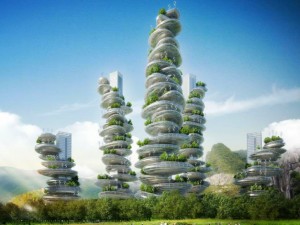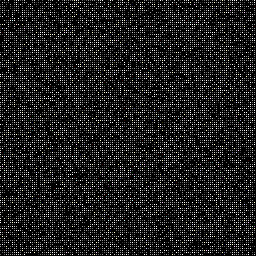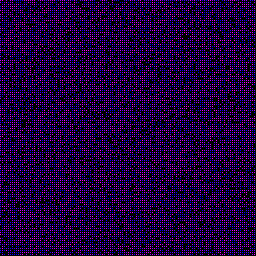MORE SPECIFIC SPECIES IDEAS_________________
Uncategorized
Really long list of initial ideas
MORE SPECIFIC SPECIES IDEAS_________________
DNA Technology
http://www.cnn.com/2013/09/04/tech/innovation/dna-face-sculptures/index.html
This reminded me when we were talking about DNA sequencing and soon everyone can get a full DNA record of anyone if they have any of their DNA. This artist finds random DNA in different places and is able to recreate peoples faces based on their DNA.
Sciency Stuff.(updated1)
Visualization of neuron interaction in a fish.
Good for time scales.
Scale of the universe. More interactive powers of 10.
Virtual Particles and Higgs.(Made before the discovery of the Higgs)
Virtual Particle, Casmir Effect, and other such.
http://io9.com/5731463/are-virtual-particles-for-real
Odd video visualizing interactions of virtual particles.
Another odd video visualizing interactions of Higgs.
Quantum Computing. Because, why not?
Coastline Paradox and Fractals.
Turning a sphere inside out without cutting it.
Robot with a mouse brain
And a illy thing. Vacuum and the human body.
—
For animations, there’s a good program called Source Film Maker:
http://www.sourcefilmmaker.com/
And if you’re interested in simulation data for it, here are some good programs to take a look at:
Clad Diagrams and evolution.
http://www.speciesgame.com/
Minimalist dynamic structure simulation.
http://sodaplay.com/
Human Populations and such
http://portaldev.rti.org/10_Midas_Docs/SynthPop/portal.html
Universe visualization and scale. Addons increase functionality tenfold.
http://www.shatters.net/celestia/
A few good short student projects for inspiration:
Ecosystem Human Conjugation
Man’s technology has allowed us to operate more efficiently, but we have always needed protection from the elements that make us fragile. We are able to live in climates that we are not particularly biologically adapted to live in. In the Things, it states that we were could not again change our biology to live, a cold weather climate. Man has developed architecture to inhabit, we still generally have everything we need in environments that are inclined to growing the things we want from them. How could we start to build environments that would fulfill a more complete system of man’s natural processes, either for space travel, or for colonization when we arrive at our desired location?
God creates dinosaurs. God destroys dinosaurs. God creates man. Man destroys God. Man creates dinosaurs. Dinosaurs eat man. Woman inherits the earth.
Jurrasic Park
The Things, The Island, Code 46 all touched on the idea of free will in different forms. In every sense we are confronted with the idea of the individual and his or her tension with an outside force. In each example there is at least an initial lack of understanding between the oppressive force and the free force. In The Things, the thing only wants to help the humans into a communal nature that will allow it to have a better understanding of life. The Chimp in The Island is only trying to see the proper fulfillment of the mission which is opposed by the seemingly irrational nature of the Mother, to carry on life. It seems that the human grasp has extended past its sight. How do we create a system where we will not be at odds with the system that is trying to allow us to survive. How can we bring this system where there is a healthy connection between man and machine. 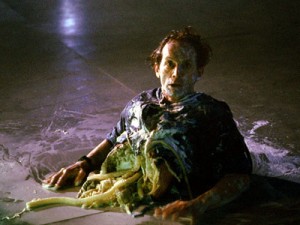
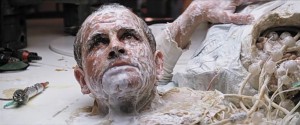
Arresting Evolution
Arresting Evolution
“Scientific Modern man has become aware of his own evolution.” Julian Huxley.
After doing some research on this man, I quickly realized that it is possible to agree with a statement and not the philosophy of the person who was making it. Julian Huxley was an evolutionary biologist and also a eugenicist who was a large proponent of natural selection. He was unfortunately part of a contingent that believed in the controlling gene existence. While the question of naturalness is still very much up to debate, I know I do believe in the freedom of man and that belief is indubitably in conflict with any discussion of controlled gene pools. At first glance at this quote I thought it reflected the fact that we have developed a connection with our ancestors through anthropological and biological research. We have started to understand our history in terms of a science. We affored this because of the technology that we use. We are the only species in the world that can be defined by the technology that it creates without specialized biology. For the purpose of this argument I would like to describe man’s evolution in terms of the technology that is created. Of course this evolution does not appear to be as persistent -Meaning, if a person is born independent of culture, that person will not be able to use the knowledge of the ancestors past – but is more rapid. It was the evolution of a complex language center, and thumbs that are probably the most two significant evolutions to the human species. Since those evolutions, one would be hard pressed to pinpoint a biological evolutionary feature that would classify a human more evolutionary evolved than the man of that evolution. It would be much more productive for this argument to define our evolution as technological. The question then becomes, what happens after the singularity of mans evolution? There will be a moment when we can start to use our technology to better organize data about our relationship with our environment and the relationship our population. The technology we develop will become essential not to the luxury of our species but to the extended harmonic survival of our species with our environment. We start to see the idea of a dispersed nervous system in the emergence reading. How would we start to build a truly democratic system that would allow us to harmonize
The images above visualize game of life algorithms which visualize organizations based on rules and starting parameters. After a few life cycles distinct organizations start to develop.
